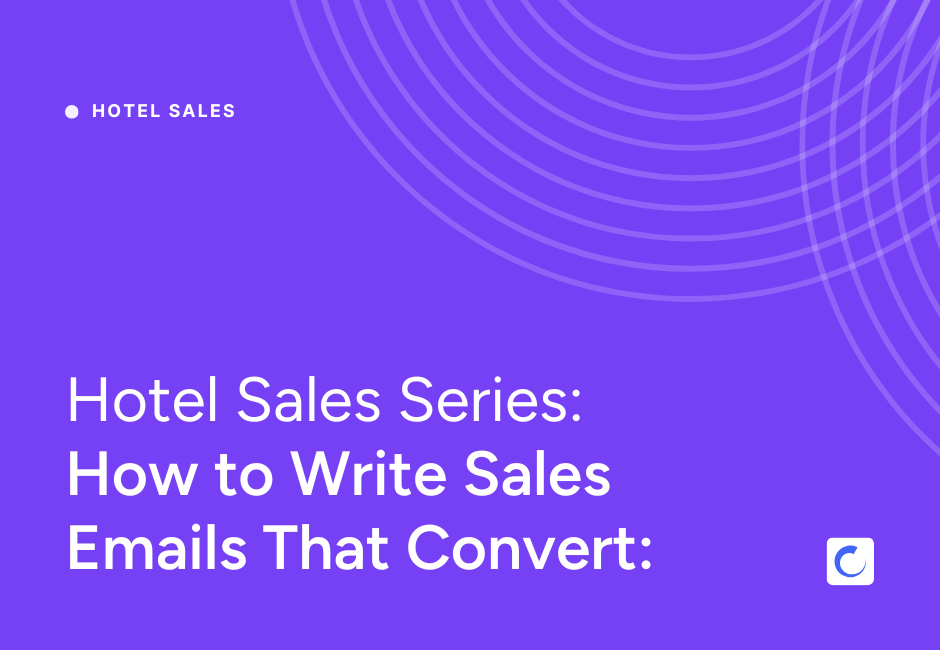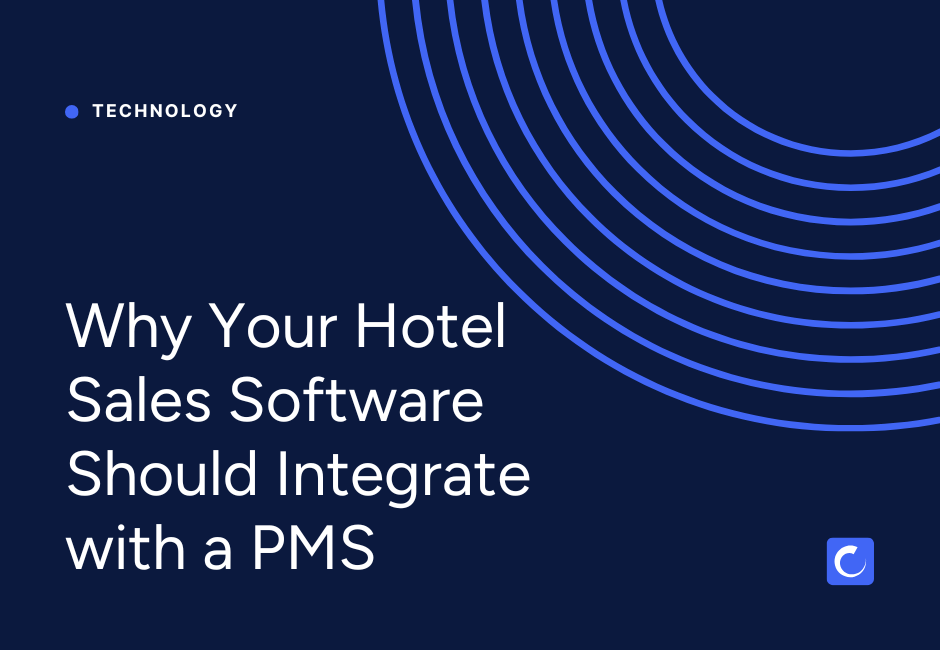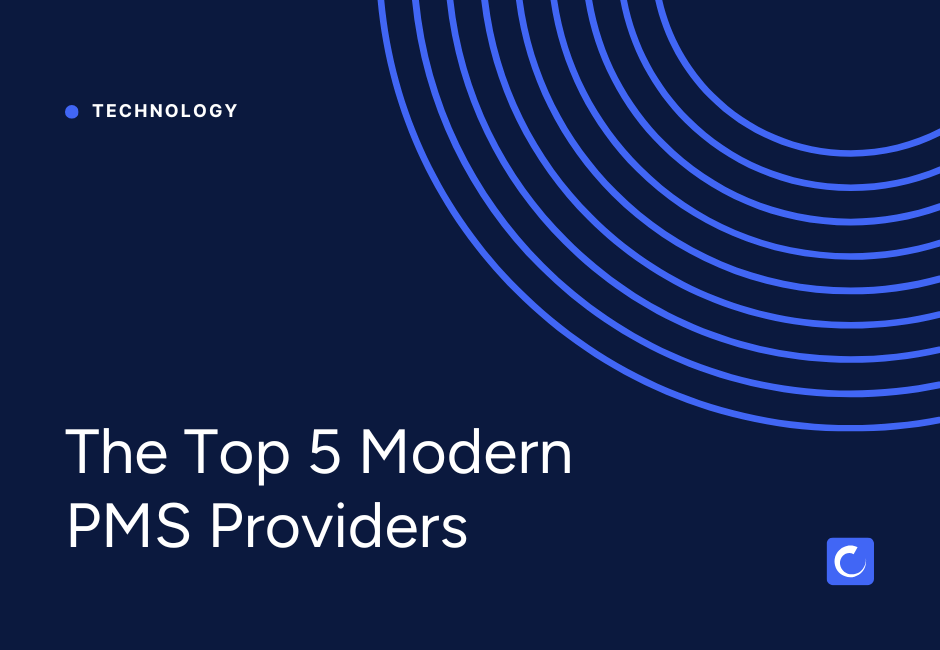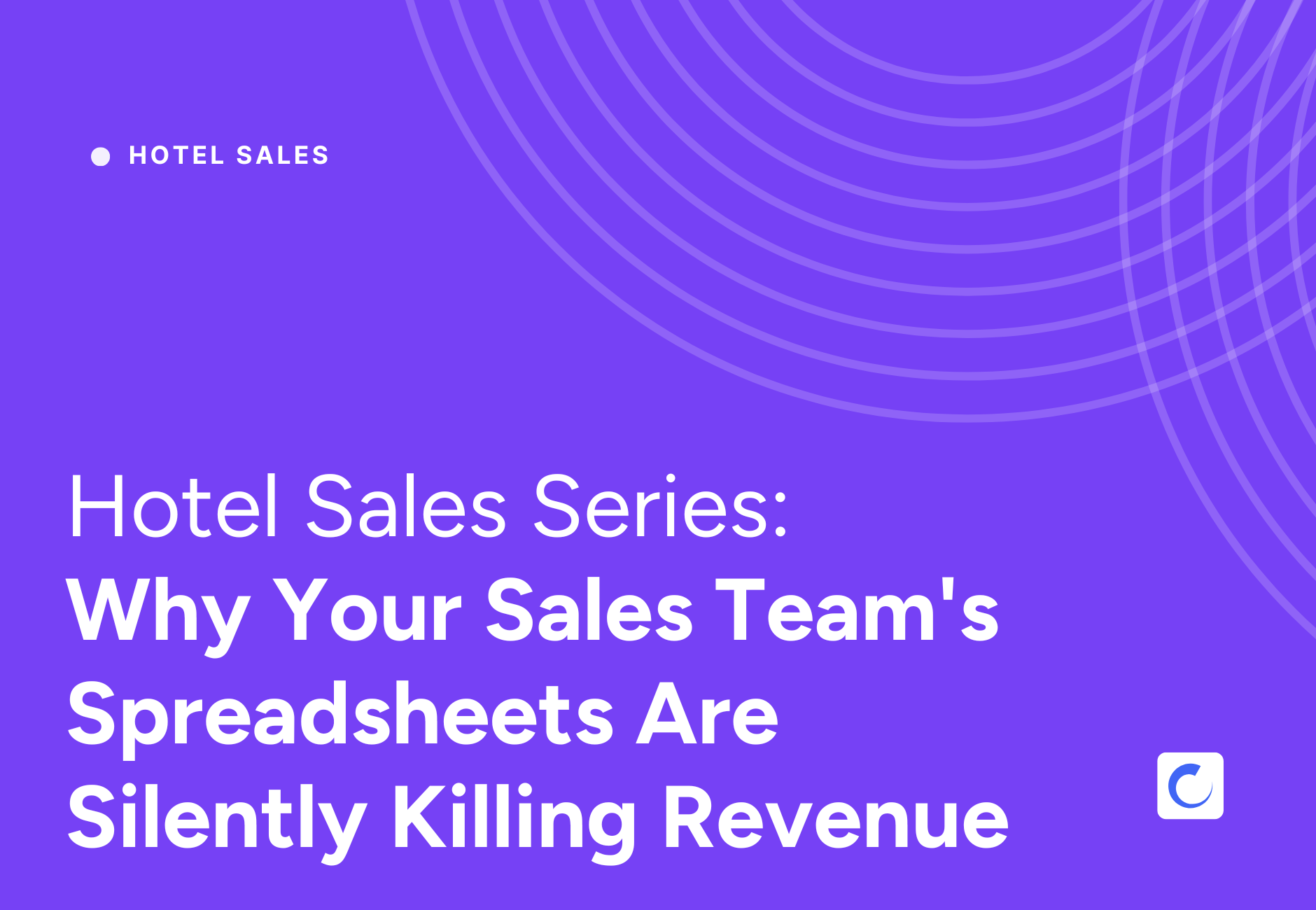
This is the fourth in our series on How to Improve Your Hotel’s Sales. To be the first to get Part 5, sign up here
Your potential clients receive dozens of sales emails daily. Most get deleted without being read—over 40% of consumers have at least 50 unread emails in their inbox, and a staggering 91.5% of all outreach emails are ignored. The difference between ignored outreach and successful hotel lead generation lies in your approach to email communication.
For hotel sales professionals managing groups, meetings, and events, mastering the art of email outreach isn't just about filling rooms—it's about building relationships that drive RevPAR and ADR while maintaining your sanity in an increasingly competitive market.
The Real Problem with Hotel Sales Emails Today
Most hotel sales emails fail because they focus on the wrong things. They showcase beautiful ballrooms, list amenities, and talk about award-winning service. But here's the truth: your prospects don't care about your hotel's features—they care about solving their own problems.
Research from Woodpecker shows that cold email campaigns can expect an average response rate of 1% to 5%, with highly targeted and personalized emails performing at the higher end. The question is: which end of that spectrum are your emails landing on?
The Anatomy of a High-Performing Hotel Sales Email
1. Subject Lines That Stop the Scroll
Your subject line determines whether your email lives or dies. According to SuperOffice, 33% of people open or discard emails based solely on the subject line. The most effective subject lines contain seven words and achieve the highest open rate at 46.2%.
Instead of: "Beautiful Meeting Spaces Available at Grand Hotel"
Try: "Solving Your Q3 Sales Kickoff Challenge"
The difference? The second speaks to an outcome, not a feature. As sales expert Josh Braun emphasizes, focusing on your prospect's "jobs to be done" rather than your product features dramatically increases engagement.
2. The Power of Personalization Beyond Mail Merge
Simply including a recipient's name isn't enough anymore. GMass's research has shown simply including a recipient's name or the name of their company in the email can boost the average response rate to over 9%, but advanced personalization goes deeper.
Reference specific challenges their industry faces. Mention their company's recent announcements. If they're a tech company planning their annual conference, don't just offer meeting space—acknowledge the unique challenges of hybrid events in their sector.
According to MailMeteor's statistics, cold emails with advanced personalization (beyond basic snippets) achieve a 17% response rate, compared to just 7% for those without it.
3. Keep It Scannable and Short
Your prospects are reading on mobile devices, between meetings, with limited attention. Research shows that cold emails that are 50-125 words long receive reply rates of around 50%.
Structure your emails with:
- Short paragraphs (2-3 sentences max)
- Clear white space
- One single, clear ask
- Regie.ai found that outbound email body copy with 144 words creates the highest reply rate at 2.7%
4. The Psychology of "No" (Chris Voss's Secret Weapon)
Former FBI negotiator Chris Voss revolutionized sales conversations with a counterintuitive insight: people feel safer saying "no" than "yes." Apply this to your hotel sales emails:
Instead of: "Would you be interested in touring our property?"
Try: "Would it be a terrible idea to explore how we solved similar challenges for Microsoft's last sales meeting?"
This "no-oriented question" approach makes prospects feel in control while actually moving the conversation forward. In his book "Never Split the Difference," Voss explains how this technique dramatically improves response rates.
5. Lead with Problems, Not Solutions
Josh Braun's approach emphasizes understanding your prospect's current state before pitching. For hotel sales, this means:
Opening with empathy: "I know from speaking with other tech companies that finding venues that can handle both in-person and virtual attendees seamlessly has become increasingly complex..."
Then bridge to possibility: "We recently helped Salesforce navigate this exact challenge for their 500-person hybrid kickoff..."
Finally, a soft call-to-action: "Not sure if you're facing similar challenges, but if you'd like to hear how they pulled it off, would you be open to a brief conversation?"
The Follow-Up Formula That Actually Works
Here's a sobering statistic: According to Klenty's research, 70% of salespeople only send a single email to a prospect, yet HubSpot data shows the first follow-up email can increase reply rates by an impressive 49%.
The optimal follow-up sequence based on Belkins research:
- The ideal number of follow-ups is 4-9
- Pausing for 2 and 5 days before sending a follow-up to a cold email yields the best outcomes
- Email sequences with multiple attempts can boost response rates by up to 160%
Follow-Up Email Templates That Work
Follow-Up #1 (Day 3): Add value, don't just "bump" "Hi Sarah, I came across this article about how Marriott is handling hybrid events post-2024. Given our previous conversation about your Q3 kickoff, thought you might find their approach interesting: [link]. Still happy to share how we've adapted similar strategies here."
Follow-Up #2 (Day 7): The "Wrong Person" approach "Hi Sarah, Starting to think I might have reached out to the wrong person about your Q3 sales meeting venue needs. Who typically handles venue selection for your team events?"
Follow-Up #3 (Day 14): The "No" question "Hi Sarah, Did you end up going in a different direction for your Q3 kickoff venue?"
Advanced Techniques from the Pros
The "Mirroring" Technique (Chris Voss)
When a prospect responds with an objection, mirror their last few words as a question. This negotiation technique encourages them to elaborate and often reveals the real concern:
Prospect: "Your rates are outside our budget."
You: "Outside your budget?" (with genuine curiosity)
Result: They often elaborate on their actual budget constraints and priorities.
The "Deposit Before Withdrawal" Method (Josh Braun)
Before asking for anything (a meeting, a tour, their time), make a deposit of value:
- Share a relevant case study
- Provide industry insights
- Offer a helpful resource
- Make a valuable introduction
The Multi-Thread Approach
Klenty's research found a 93% increase in response rates when a multi-threaded cold emailing approach is followed. Don't just email one person—reach out to multiple stakeholders:
- The event planner
- The finance decision-maker
- The executive sponsor
- The admin coordinator
What to Avoid: The Email Killers
Based on extensive data from multiple studies and expert insights, avoid these response-rate killers:
- HTML templates - Plain text feels more personal and authentic
- Multiple links - Include one link maximum to avoid spam filters
- Lengthy paragraphs - Break up text for mobile reading
- Multiple CTAs - One clear ask per email
- "Following up" subject lines - Add value instead of just checking in
- Commission breath - If they can sense you're desperate for the sale, they'll pull away
Measuring Success: Your Email KPIs
Track these metrics to optimize your hotel sales email performance:
- Open Rate Target: 30-40% (industry average is 39.7%)
- Response Rate Target: 8-15% (with personalization)
- Meeting Booking Rate: 3-5% of sends
- Follow-up Response Lift: 40-50% increase from initial email
Your Next Steps: Implementing These Strategies
Start with these three immediate actions:
- Audit your current templates: Count the words, identify feature-focused language, and look for "I/we" versus "you" ratio
- Implement the 4-7-1 rule: 4 follow-ups, 7 days total span, 1 clear CTA per email
- Test no-oriented questions: Try Chris Voss's approach in your next 10 emails and track the response difference
The Technology Edge: Scaling Personalization
While these techniques are powerful, managing personalized outreach at scale requires the right tools. A robust hotel CRM system becomes essential when you're juggling multiple RFPs, tracking follow-up sequences, and personalizing outreach across dozens of prospects weekly.
The best hotel sales professionals combine these psychological techniques with technology that helps them track engagement, automate follow-ups without losing personalization, and maintain consistency across their entire pipeline.
Conclusion: It's About Conversations, Not Conversions
The most successful hotel sales emails don't try to close deals—they start conversations. When you shift from selling to helping, from features to outcomes, and from pushing to guiding, your emails transform from inbox clutter to valuable touchpoints.
Remember: According to email marketing studies, with an average ROI of $36 for every $1 spent, cold emails are a powerful tool for driving revenue. The difference between those who see these returns and those who don't isn't luck—it's technique.
Master these approaches, test consistently, and watch your response rates—and your revenue—climb.



